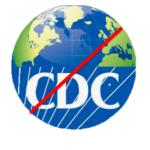Some facts:
CDC Opioid Guidelines
You can catch part I here.
Calculating MME
What exactly is a Morphine Milligram Equivalent (MME)? The CDC defines it as
It's time to update our language, something that is routinely done to ensure accuracy and minimize antiquated, bigoted, and offensive terms. Think about some of the changes we've seen in the past few decades.
Nearly three years ago I wrote how the science behind US opioid policies was deeply fla
The American Medical Association was two years late to the party when it issued its first statement
For people in pain, the following history is familiar. After a year of political maneuvering and under-the-table influence peddling, the National Center for Injury Prevention and Control (NCIPC) at CDC issued a “guideline” in March 2016, for









